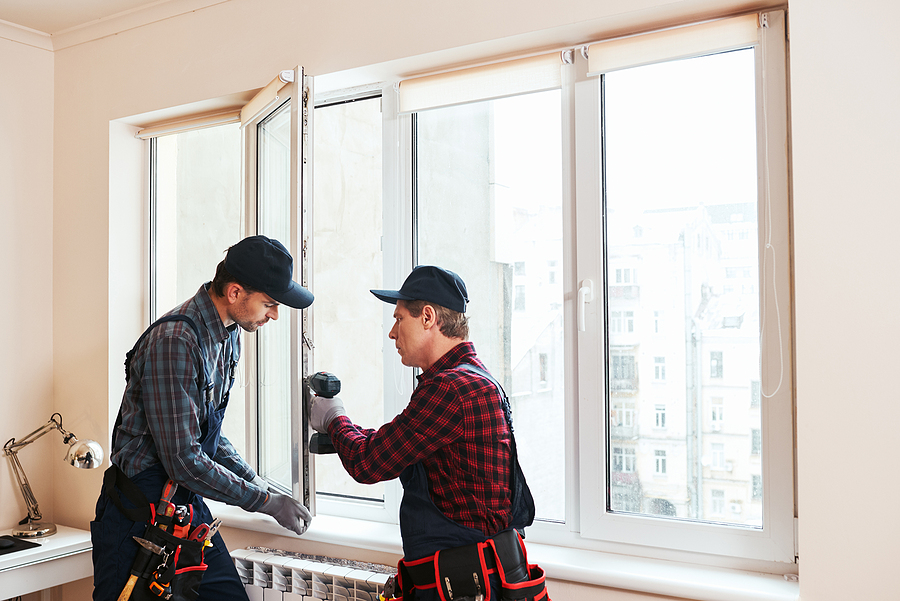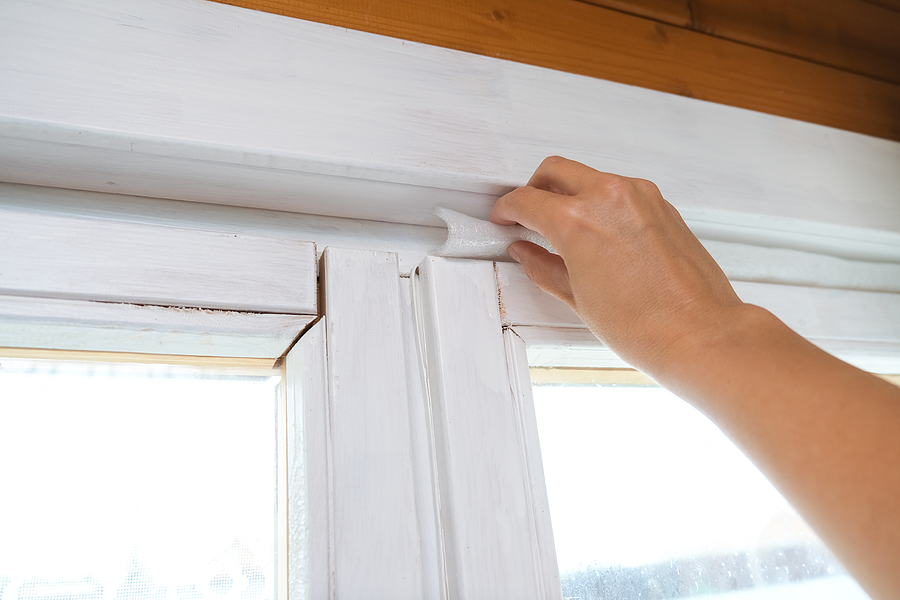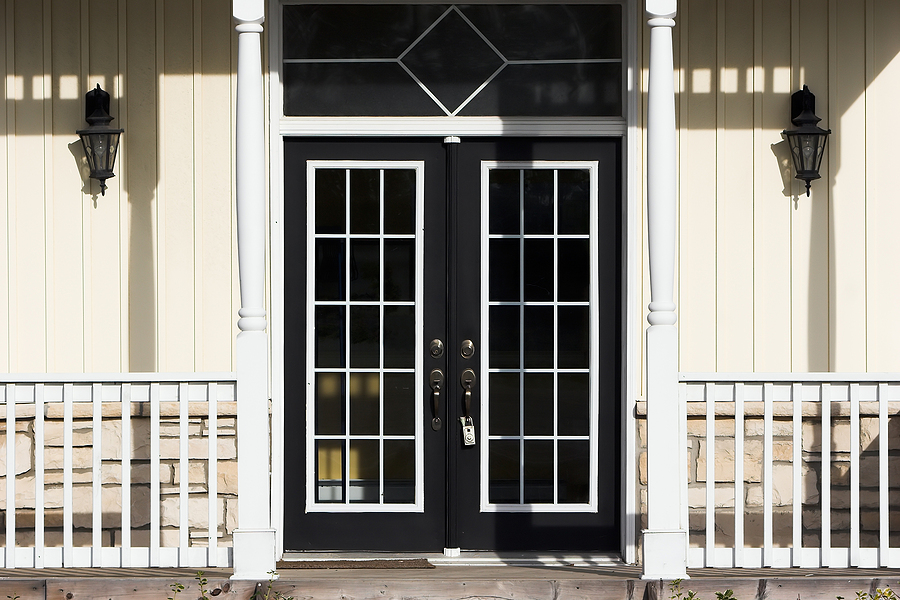For homeowners who want to embrace sustainability, lower their energy bills, and reduce their carbon footprint, zero-energy homes offer a forward-thinking solution. These homes generate as much energy as they consume, relying on airtight construction, solar energy, and high-performance systems to maintain efficiency. But one element that often gets overlooked in this equation? Replacement windows—and more specifically, the science of replacement window installation. Understanding the precise techniques and materials involved is crucial to ensuring that these windows contribute effectively to a home’s overall energy performance.
While choosing energy-efficient windows is important, it’s the science of replacement window installation that truly determines performance. In zero-energy homes, proper installation isn’t just a detail—it’s a necessity. Even the most advanced window can underperform if it isn’t installed with precision and strategy.
In this post, we’ll walk through why replacement windows are so critical in zero-energy designs, how expert installation techniques play a key role, and what you need to know when upgrading your home for long-term efficiency.
Why Windows Matter in the Quest for Net Zero
Windows are essential for natural light, fresh air, and curb appeal. But from an energy standpoint, they can also be a weak point. In fact, the U.S. Department of Energy reports that up to 30% of residential heating and cooling energy use is lost through inefficient windows.
That’s a significant chunk of your energy bill. For homeowners working toward zero-energy goals, this kind of energy leakage isn’t just inconvenient—it’s counterproductive. That’s why replacing old windows with highly insulated models—and installing them using building science principles—is one of the smartest steps you can take.
The Science Behind High-Performance Window Installation
Zero-energy home construction takes into account every detail of the building envelope, including how windows are sealed, aligned, and integrated. This process is far more technical than simply swapping out one unit for another.
A major focus in zero-energy window installation is airtightness. Any air leakage around the frame can allow heated or cooled air to escape, forcing your HVAC system to work harder. That’s why professionals use expanding foam, airtight flashing, and high-performance sealants to close every gap with care.
Another key factor is thermal bridging, which happens when heat transfers through materials that aren’t well-insulated, like aluminum frames or wood studs. To minimize this effect, advanced installers use insulated frames and often apply continuous insulation around the window to maintain a seamless barrier between indoor and outdoor environments.
Window alignment also plays a major role. Many conventional window installs place the window flush with the exterior wall. But in zero-energy design, windows are typically aligned within the insulation layer of the wall. This positioning helps maintain thermal continuity and reduces the risk of condensation, mold growth, or energy loss.
In short, the difference between average and zero-energy window installation comes down to precision, science, and long-term thinking.
How Solar Control and Orientation Factor In
It’s not just how a window is installed, but where it’s placed that impacts energy efficiency. Zero-energy homes often rely on passive solar design—strategically placing windows to harness the sun’s heat in the winter while blocking it in the summer.
South-facing windows are typically favored for their ability to collect warmth during colder months. With the right type of glass, such as Low-E coatings, and well-designed overhangs, these windows can reduce energy demand without sacrificing comfort. In warmer climates, homeowners may opt for glazing that reflects infrared heat or uses tints to reduce solar gain.
Replacement window installation in this context becomes highly customized. It’s not a one-size-fits-all job—it involves understanding your region’s climate, your home’s solar orientation, and your energy goals.
From Demolition to Installation: What to Expect
If you’re upgrading to replacement windows in a home that aims to meet zero-energy standards, expect the process to be a bit more thorough than a typical retrofit.
First, your contractor will assess your existing window openings and surrounding insulation. During removal, they’ll inspect for damage or rot and repair as needed to ensure a stable, clean opening.
Then comes the install, one that focuses heavily on sealing. Installers will apply foam insulation between the frame and the rough opening, followed by flashing tape or membranes to prevent moisture and air infiltration. This isn’t just to protect the window; it’s to protect the entire thermal envelope of your home.
Finally, you might see performance testing, such as blower door tests or even infrared scans, to ensure the window is sealed tightly and no cold spots remain. These aren’t just bells and whistles—they’re tools to confirm that your window is performing the way it should.
Choosing the Right Windows for Zero-Energy Success
Just as important as the installation is the type of window you choose. For zero-energy performance, windows should include multiple panes (preferably triple-glazed), gas fills like argon or krypton, and frames made of insulated materials such as fiberglass or advanced vinyl. The best windows will have a low U-factor (for insulation) and a Solar Heat Gain Coefficient (SHGC) suited to your region.
ENERGY STAR®-rated windows are a good baseline, but many zero-energy builders opt for products that go beyond this standard, such as Passive House-certified windows for maximum efficiency.
At Semko, Inc., we guide our clients toward the best-fit options for their specific goals, balancing energy performance with aesthetics and budget.
Long-Term Benefits of Zero-Energy Window Upgrades
Making the leap to high-efficiency replacement windows offers benefits that extend far beyond just energy savings. Homeowners report improved indoor comfort with fewer drafts, reduced noise pollution, and more consistent temperatures throughout the house.
There’s also a financial benefit: zero-energy upgrades, including properly installed replacement windows, can increase your home’s market value and appeal to energy-conscious buyers.
From an environmental standpoint, reducing your reliance on fossil fuels and cutting greenhouse gas emissions makes your home part of a larger solution. And that’s a win for everyone.
Partner with Semko, Inc. for Expert Window Installation
At Semko, Inc., we specialize in high-performance replacement windows and expert installation techniques rooted in building science. We emphasize the science of replacement window installation to ensure every component contributes to your home’s efficiency and comfort. Whether you’re renovating your current home or working toward a net-zero goal, our team understands the nuances of airtight construction, thermal management, and energy-smart window placement.
Our process is consultative, educational, and detail-focused—because zero-energy homes aren’t built with shortcuts.
Schedule your free consultation with Semko, Inc. today and take the first step toward a smarter, more sustainable home.



